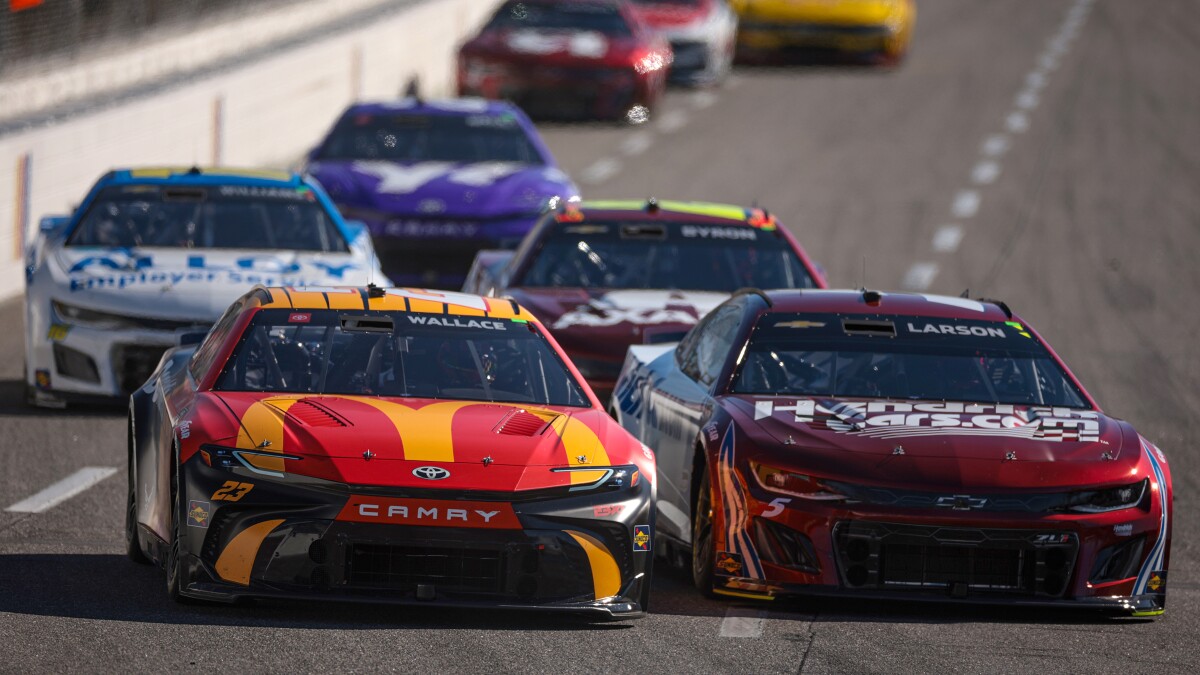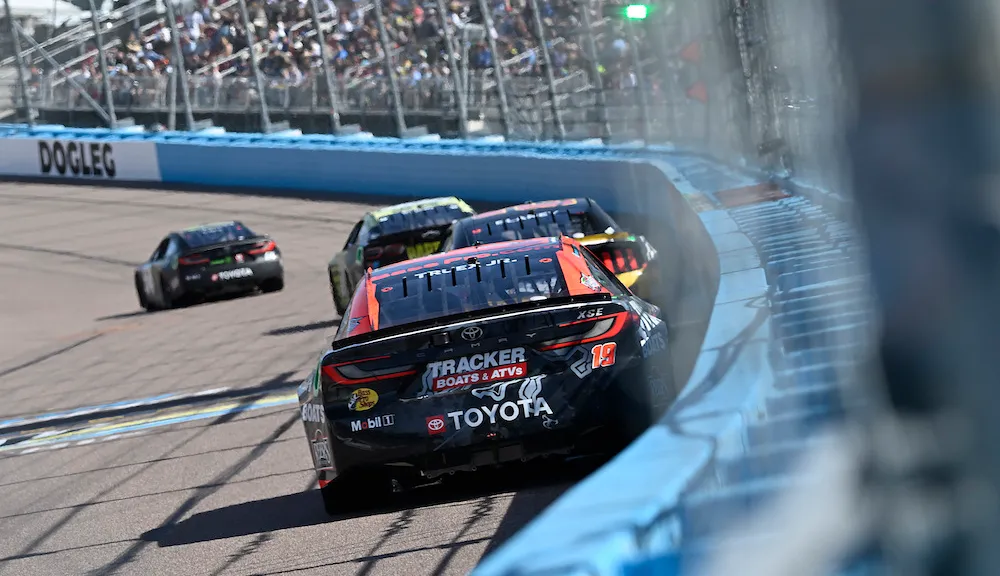The problem is clear on tracks that are one mile or less in length, like Phoenix, Richmond, and Martinsville where the new package has been used this year.
Some drivers say the cars handle a bit better, but still, only a few drivers can move up during races, while most get left behind.
Last weekend at Martinsville, William Byron started 18th but ended up winning in an exciting finish. This victory was special for Hendrick Motorsports, celebrating its 40th anniversary since its first series win.
NASCAR’s senior vice president of competition talked about this issue on SiriusXM NASCAR Radio. He said, “We at NASCAR want our short track package to be better. We want that racing to be at the level that superspeedways and our intermediate race tracks are today. I promise you we are working as hard as we can with Goodyear and we need to work harder.”

He emphasized the need to learn from races like Bristol and Richmond to improve the short track racing experience.
The new package focuses on simplifying certain parts of the car, like the diffuser and spoiler. At Bristol, the racing was exciting even without using this package. Tire wear played a big role, making drivers pit for new tires before they ran out of fuel.
Richmond had a different story. At the beginning of the race, the track was damp, so drivers used wet weather tires which provided better grip. But once the track dried, the usual slick tires made things harder.
NASCAR wants to work on improving tire wear. They believe that if drivers can push their cars to the limit without worrying too much about tire wear, it takes away from the skill of driving. They’re committed to finding a solution that gives fans the thrilling short track racing they want.

